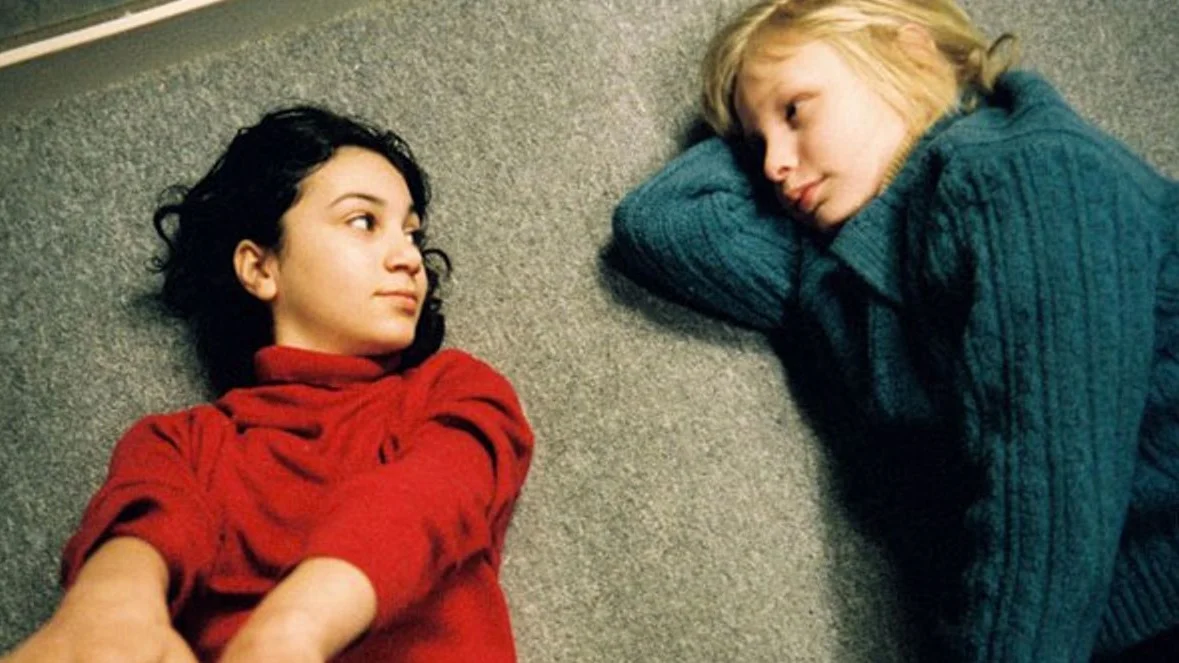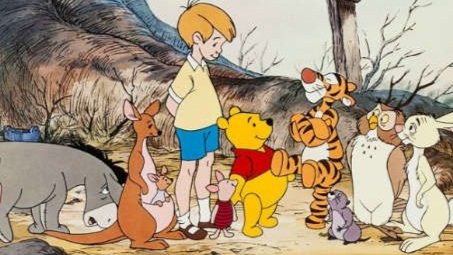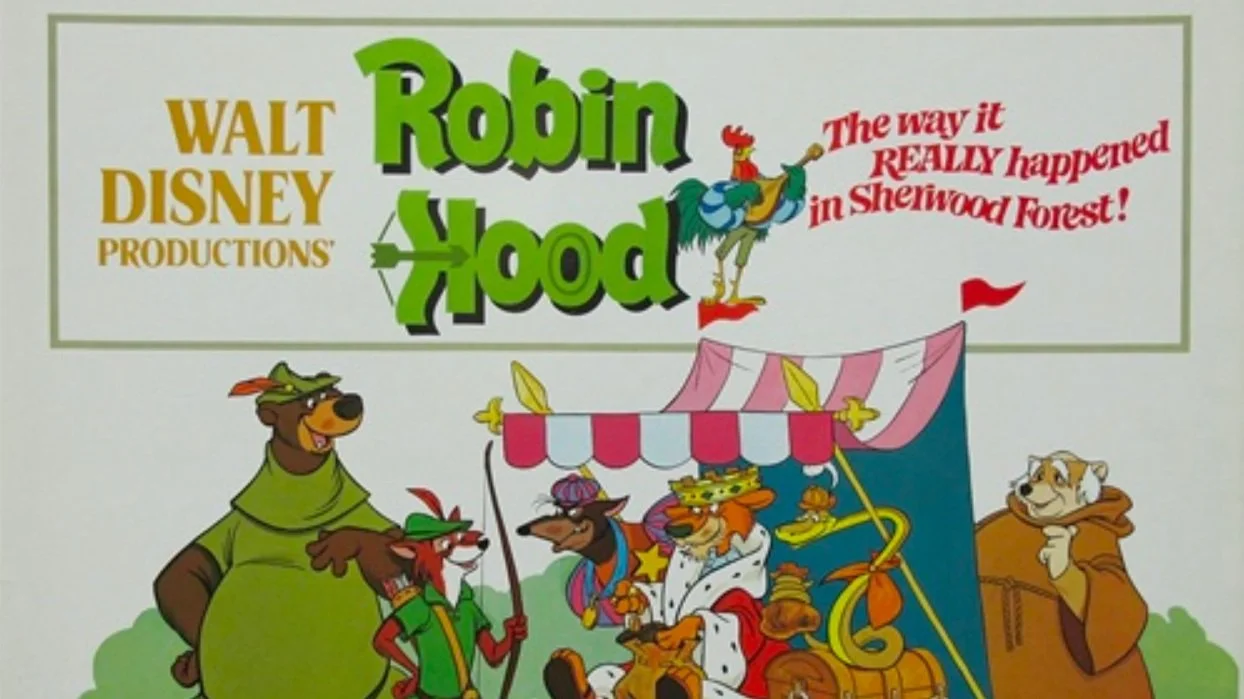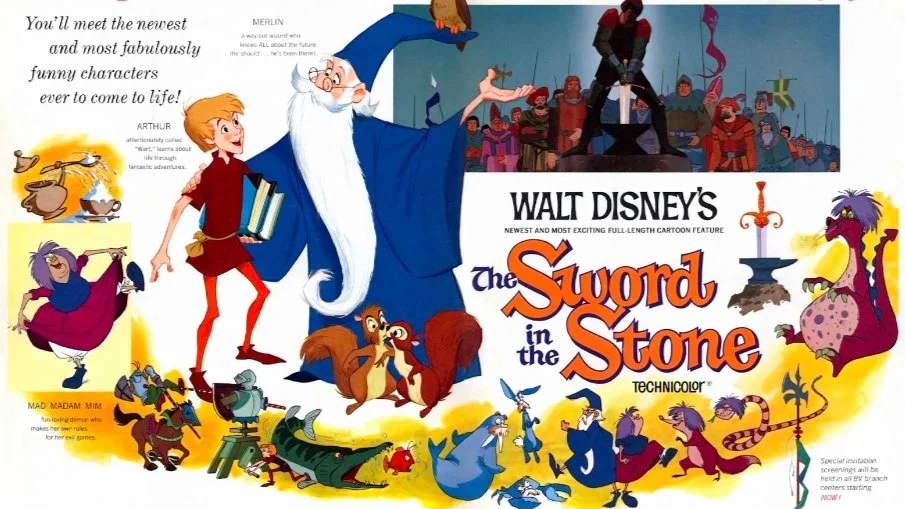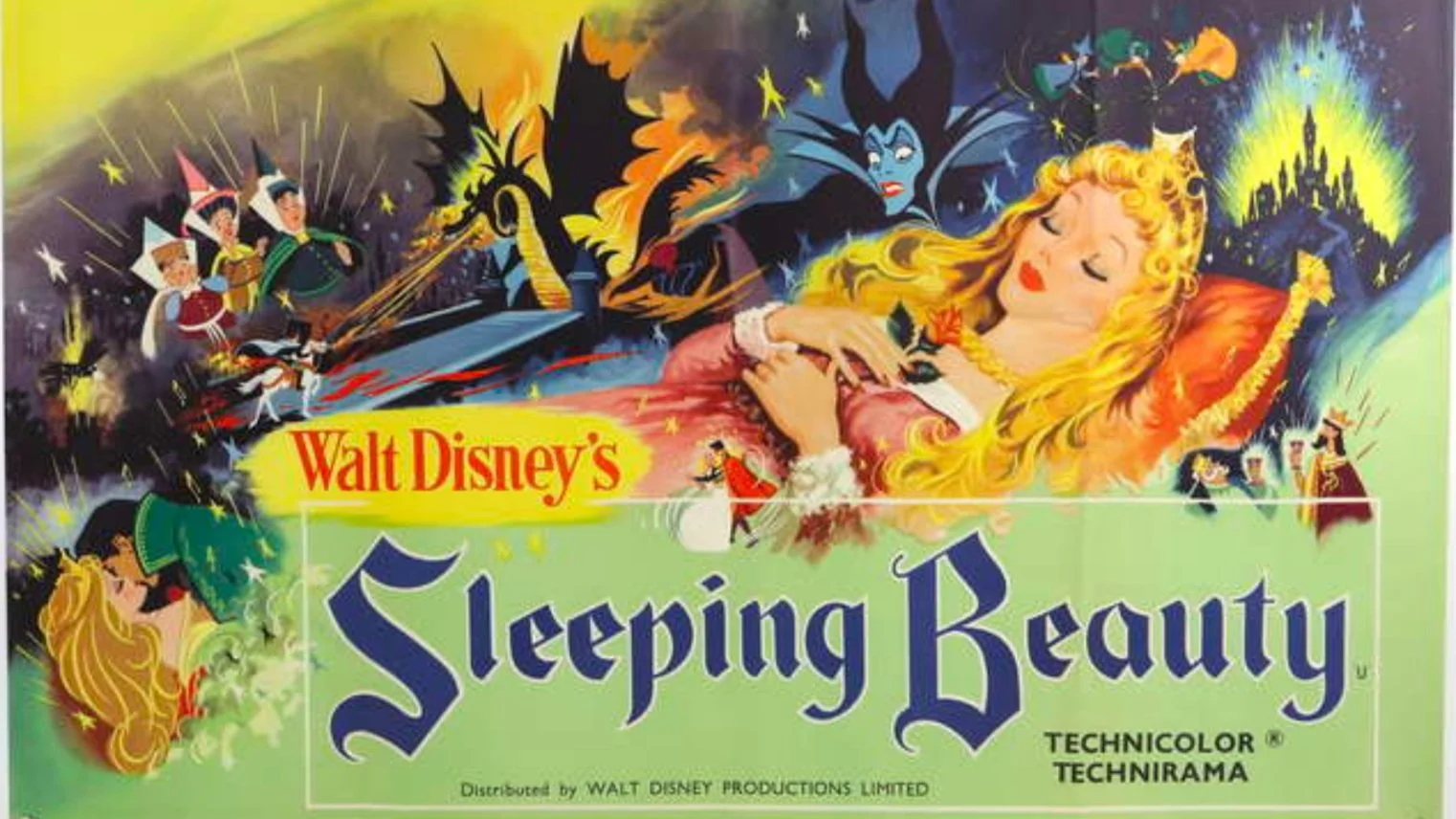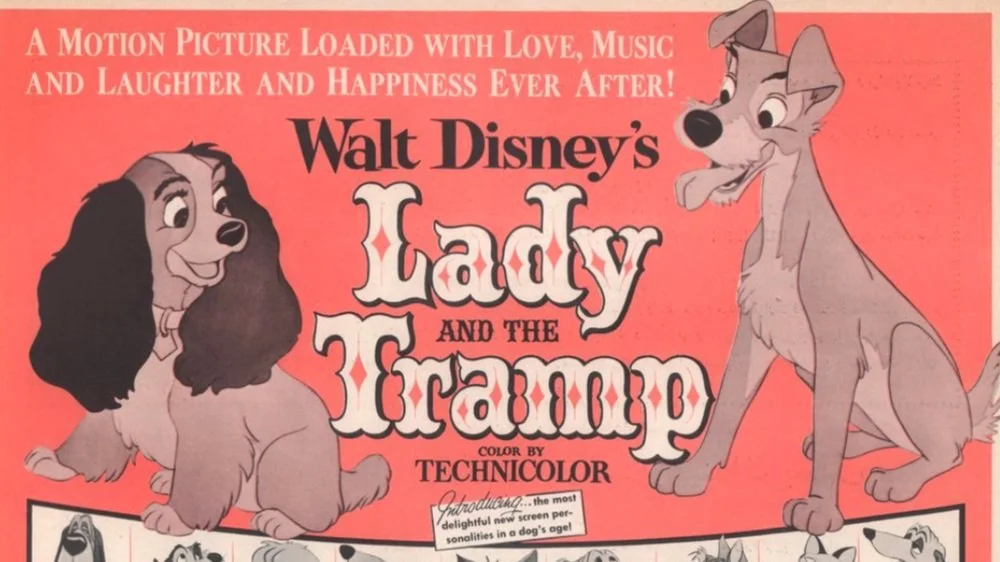Blood Lust: Illuminating Perspectives in Let the Right One In
The Other transcending oceans and borders is a concept that is commonly explored in fiction, working particularly well when engendered by the monsters of the horror genre. Though The Other exists in so many places, the way the anxieties and perceptions of them are presented in film can vary drastically from region to region. Take Germany’s Nosferatu, for instance, and 1931’s Dracula from the United States. Both films are loose adaptations of the same novel, but the Count is presented as an alien-like deformity in one, and a handsome, mesmerizing character in the other. Because of this, I wanted to travel across the world to Sweden through this week’s film to determine the ways in which presentations of The Other in Let the Right One In differ from what I’m used to in American vampire fiction. The film reflects the general attitudes held by the society in which it was produced and, with so much of its content being undeniably queer, this is especially true in regard to issues of gender and sexuality.
Let the Right One In tells the story of a 12-year old outcast named Oskar, who befriends a young vampire named Eli in Stockholm some time in the 1980s. Being a victim of relentless bullying, Oskar develops violent behavior in private and spends his time plotting his revenge until he meets Eli, who emboldens him to finally stand up for himself. The two become very close, even when Oskar discovers the truth about his new companion. Eli, who was born male, then castrated upon becoming a vampire 200 years prior, and now presents as more feminine, passing for a young girl. When Eli and Oskar first meet, Oskar assumes that Eli is female, clearly garnering feelings of admiration and attraction for them. Moments of vulnerability and transparency between the two establish their relationship as a profoundly intimate one, and in an incredibly touching scene where the two embrace, Eli asks if Oskar would still like them if they weren’t a girl, to which he answers, “I suppose so.” I always took this response from Oskar not as passive, but as indifference about Eli’s gender—he loves them anyway, even later in the film when Eli states that they do not identify as female. Eli also transitions from more classical masculine aspects to so-called feminine presentations based on the needs of the circumstance. For instance, when Eli shares tender moments with Oskar, their voice and body language would be deemed more nurturing and feminine (according to society’s standards). However, when Eli is angered or frustrated, they become aggressive and their tone is much deeper and more husky, qualities that are seen as traditionally masculine. All of these aspects as well as the relationship between Oskar and Eli grounds Let the Right One In as undeniably and very intentionally queer. The case in this film is unique in that it is not only our monster, our vampire, that is presented as The Other, but Oskar as well, even before he meets Eli.
But what are the attitudes held by Let the Right One In in regards to queerness and The Other? Eli is presented as exceptionally sympathetic, but predatory and manipulative all the same. Oskar is presented as a victim of severe bullying, but also as violent and dangerous. I found myself having some difficulty trying to understand this one, but I think that is exactly the point. Much like people in real life, what is so wonderful about the characters in Let the Right One In is that they cannot be so clearly defined as either entirely “good” or entirely “bad.” The film argues against such dichotomies, especially when regarding The Other, as character varies from person to person regardless of how they identify or to what groups they belong. Every character in Let the Right One In acts questionably at some point, but seems to do so as a result of their trauma, which makes them sympathetic despite not justifying what they’ve done. Eli, for instance, must manipulate others to kill for them for the sake of survival. We begin to question whether their befriending of Oskar was genuine or simply a tactic to replace Håkan as their hunter, but as the film progresses, we understand that the relationship is much more complex than that. Their friendship, much like who they are individually, contains multitudes and supports the notion that Let the Right One In believes in the coexistence of dualities within The Other.
This is an attitude that seems rather refreshing when compared to vampire films released in the U.S. exploring similar concepts of otherness. As we established in the last installment of Blood Lust, Interview with The Vampire holds almost the exact opposite ideas about these dichotomies. Lestat and Louis each represent different facets that are on the complete opposite ends of the spectrum from each other. Lestat is presented as a self-indulgent, hedonistic predator, while Louis is self-loathing. A more apt American contrast to the attitudes held by Let the Right One In would be its American remake, Let Me In. In this film, Eli’s character is named Abby and there are no explorations or ambiguities concerning their gender or identity—she presents and identifies as female, making the film less explicitly queer by default. This alone makes a huge argument for how American audiences approach The Other, especially in media, with caution and sublimation.
For the record, the irony of acknowledging a separation between American representations of The Other and ones from other parts of the world in order to discuss the rejection of Dichotomies in Let the Right One In is not lost on me. Still, I find that in exploring this through the horror films produced by each region, we are able to understand so much about attitudes held by other cultures in regards to queerness or otherness in general. Let the Right One In is incredibly effective in illuminating perspectives that might be uncommon for American horror, and is a great example of the power film has to communicate global outlooks. Next time, we cover my favorite vampire film of all time, The Lost Boys. Come back in two weeks to emerge from the shadows and slake your blood lust with me!

